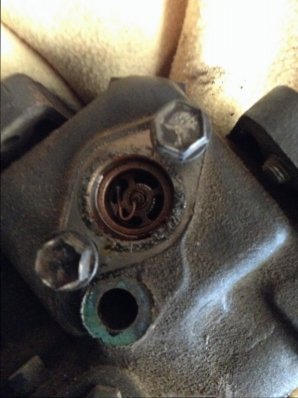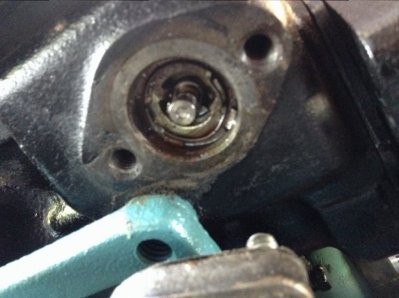TBass
Well-Known Member
So my original '66 compressor seized up a few years back and threw my belts off, I am guessing I am not the first to have that experience. I was given a rebuilt compressor from a guy who said he removed it from a '66 Coronet and it was running. The compressor seems to be functional and healthy as far as I can tell at this point, so I removed the brackets and cleaned it up to prepare it fir install on my 383 Charger brackets. My original compressor had a different type clutch assembly and used three long bolts to mount up to the beefy cast iron bracket that bolts up to the cylinder heads of the engine whereas the replacement compressor only has two bolts. I swapped over the good clutch form my original compressor since it was still in good functioning order as well. The compressor bolts up fine with just the two bolts and there really is no issues there. It is mounted on the car and good to go. However, I had to swap the inlet from the back of the compressor at the top and there is where I see a significant difference. (I am not super sharp on A/C since my mechanic experience comes mostly from race cars and aircraft. So this is all fairly new to me.) My original setup uses the big 3/4" copper tube that runs out of the compressor and around the back of the engine and this replacement setup was all rubber hose from that side. It appears that my original compressor has some kind of internal differences from my replacement one. Is there anyone here who can provide me some insight to these differences? Can I continue with this swap or should I search for an exact replacement for my original?


















